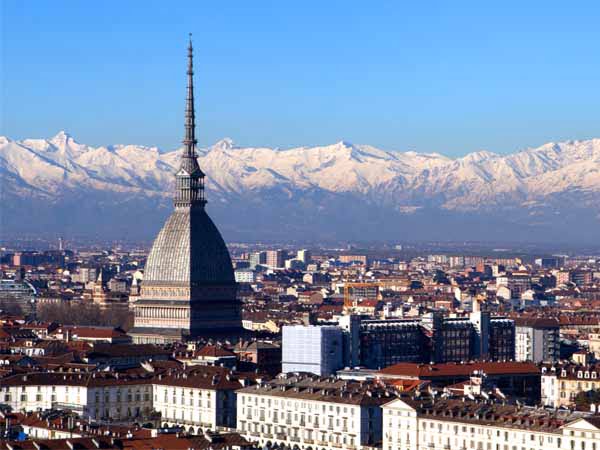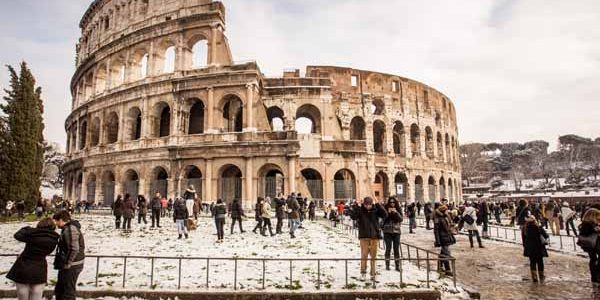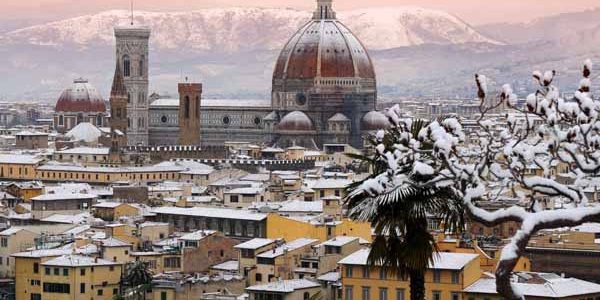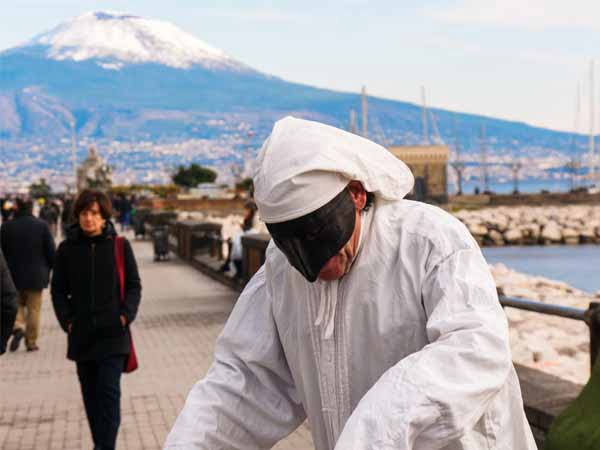Discover the Best 5 Reasons to Travel to Italy in the Winter Season
If you are open to traveling when the weather gets colder, visiting Italy in the winter can be just as rewarding as a summer trip. Active travelers may flock to Italy’s ski resorts and mountain destinations during the winter months, but do not make the mistake of overlooking Italy’s art cities, which offer plenty of experiences unique to the winter season. Whether you are looking to supplement your ski vacation with some sightseeing, or this is your first time traveling to Italy and you want to make the most of your trip, there are several positive aspects to visiting Italy in the winter.
Setting your expectations for winter in Italy
Before planning a winter trip to Italy, you should have a reasonable idea of what the weather will be like. While Italy may be a Mediterranean country, it does have four distinct seasons and cold temperatures are the norm during the winter months. Do not expect to lay on a beach at the Amalfi Coast or go swimming near the island of Capri in December or February; in fact, most coastal destinations either slow down or close for the season during this period.
So, just how cold will it be? Well, that depends. Naturally, northern destinations will have the coldest temperatures with good chances of snow, while southern parts of Italy tend to have more mild winters. Generally speaking, expect temperatures to be in the 40s for the majority of your trip, potentially bumping up into the 50s on sunny days or dipping into the 30s on cloudy days or at night.
Of course, some winter days in Italy can be beautiful, with crisp and fresh air, a bright blue sky, and plenty of sunshine. However, with the possibility of cold temperatures and less-than-ideal winter weather, it’s a good idea to stick with Italy’s art cities, such as Rome, Florence, Venice, Milan, Bologna, Naples, or Palermo in order to get the most out of your winter trip.
Now that you know what to expect, let’s discover a few reasons why Italy’s art cities can be excellent winter destinations.

Better seasonal pricing
With a few notable exceptions like Christmas, New Year’s, and Carnevale, the majority of the winter period is considered to be low season in Italy. Compared to peak season in the summer, budget travelers can find the overall pricing on a winter package to Italy more appealing. If you can manage to avoid traveling during the winter holidays, you will likely find some of the best prices of the year for your travel package.

Plenty of room to breathe
As the temperatures get colder, the summer crowds dissipate and the historic city centers of popular Italian destinations like Venice and Rome are reclaimed by the locals. There will be some travelers, but you won’t find large hordes waiting for hours to enter major sites, as is the norm during the summer months.
Winter days may have less hours of sunlight compared to the summer, yet with fewer crowds you won’t feel the need to rush from one monument to the next. You’ll be free to explore at a slower pace and become acquainted with the daily life of the locals—enjoy the nearly empty museums and monuments, savor the scents of roasted chestnuts and other street vendor winter treats, and appreciate the sounds the city in its natural state.
There is no better example of the difference between summer and winter in Italy than Venice. Located in the northeastern part of the country, Venice is certainly one of the colder places in Italy during the winter, and the definitely one of the most visited in the summer. During the winter, the crowds disappear and the city seems to breathe a sigh of relaxation making exploring Venice a delight.
With this being said, there is one caveat to visiting Venice in the winter. Late autumn and the winter months tend to be when Venice experiences the highest levels of rainfall. While it is a rare event, the resulting high tides can lead to a phenomenon known as Aqua Alta (High Water). The locals have adapted by placing platforms in low-lying areas when the tide increases in order to traverse the city and hopefully the new Mose project will protect the city from the very high tides. Of course, for intrepid travelers and photography lovers, there’s nothing quite like seeing St. Mark’s Square and the rest of the city center underwater at least once in a lifetime!



Sales, Sales and more sales
Saldi (Sales) is a holy word in Italy. These nationwide end-of-season sales are characterized by steep discounts for clothing and accessories from budget to luxury brands. Typically, saldi occur twice a year: after the Christmas season in January for winter clothes and in early July for summer clothes. Locals and visitors alike will stand in long lines for the opportunity to purchase heavily discounted items from popular brands. When in Italy, shopping is a must and the saldi period is arguably the best time to visit Italy if shopping is on your to-do list.

Comforting winter food
Many delicious staples of Italian cuisine, such as bruschetta topped locally grown tomatoes or a refreshing artisanal gelato, are associated with the summer. However, winter specialties in Italy can be just as remarkable. From street vendor offerings such as fragrant chestnuts and rich hot chocolate to polenta, risotti, and soups, there are countless new flavors to discover. During a winter trip, expect to find plenty of seasonal ingredients on your plate such as mushrooms, truffles, potatoes, legumes, cabbage, and artichokes. Popular hearty dishes to get you through the winter in true Italian style include northern specialties like pizzoccheri alla valtellinese and canederli as well as ribollita from central Italy and pasta e patate in the south.
Milder weather in Southern Italy
Speaking of Southern Italy, if the positive aspects of traveling to Italy in the winter have you nearly convinced, but the cold weather is holding you back, consider focusing your trip on the southern part of the country. Lovers of history and culture will have the time of their lives in Naples, a city whose illustrious past has resulted in a wealth of art and architecture rivaling that of other top Italian destinations. For reliably mild temperatures and sunny days, head to the island of Sicily where you can spend your time discovering the many treasures of Palermo and other historic cities like Ragusa while falling in love with Sicilian culture.
Taking into account the colder temperatures, a winter vacation to Italy’s art cities does have quite a few positive aspects. Winter sports enthusiasts should absolutely consider extending their trip to include sightseeing time in cities like Milan or Venice. Likewise, travelers who wish to engage with the local history and culture of Italy’s art cities will find plenty of authentic experiences even during the winter. From the elegant streets of Milan all the way down to the majesty of Palermo’s historic architecture, winter and Italy’s art cities are an excellent match.
